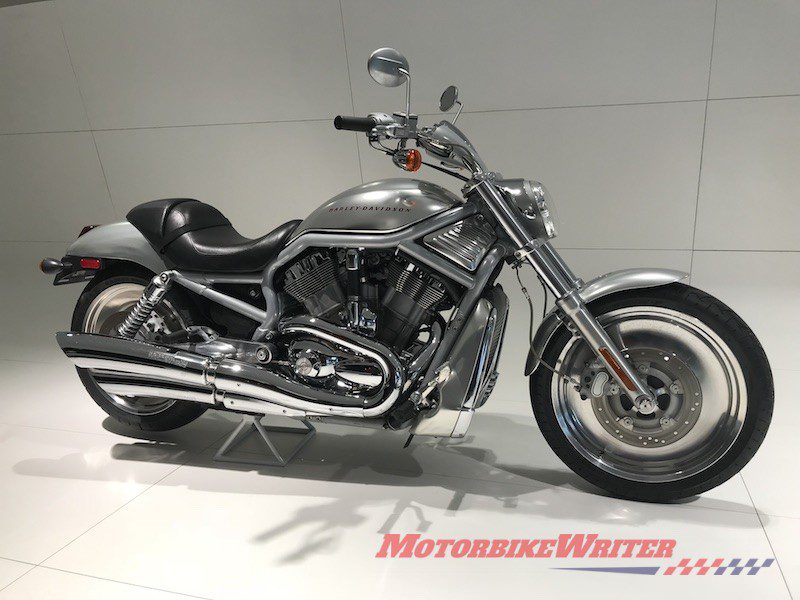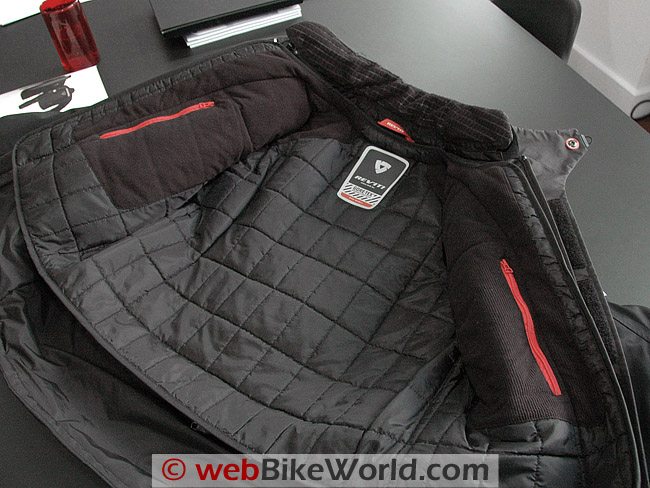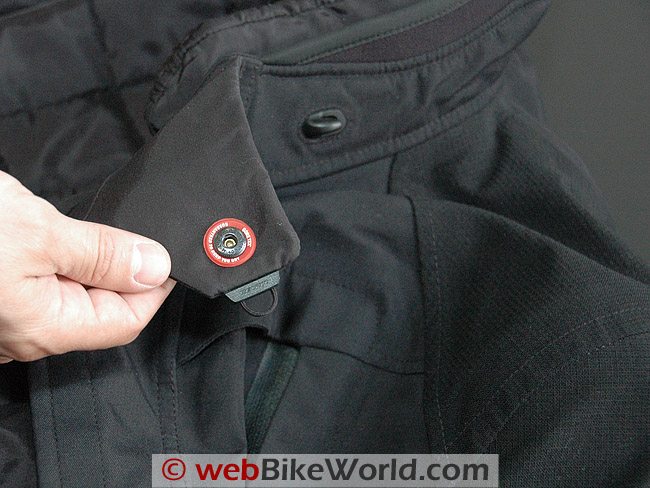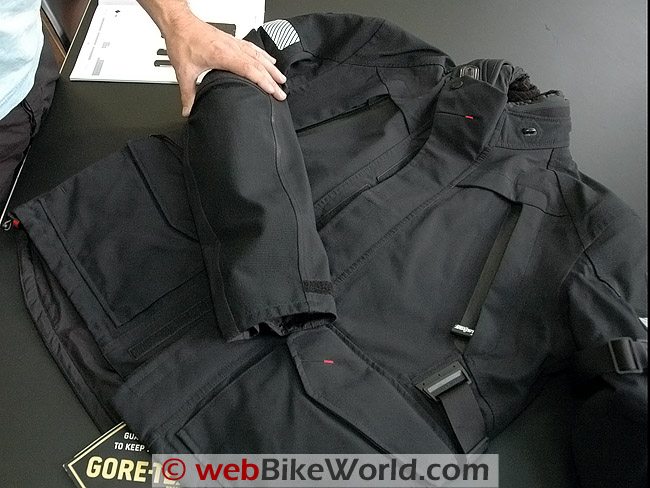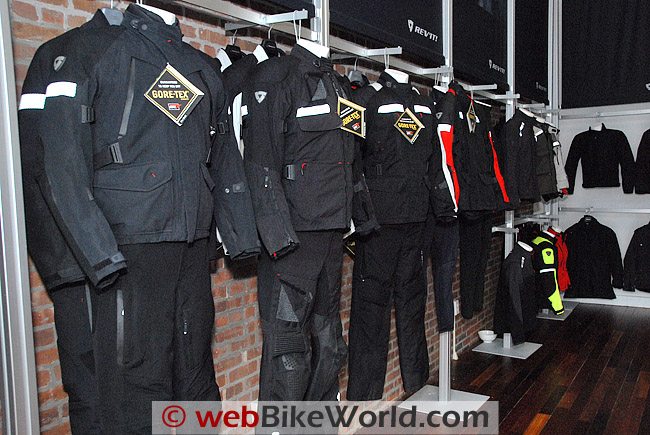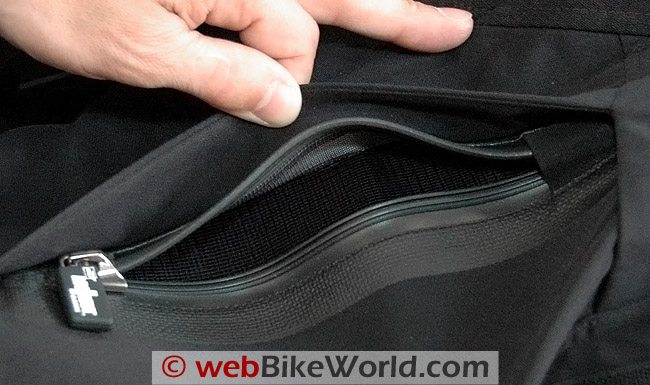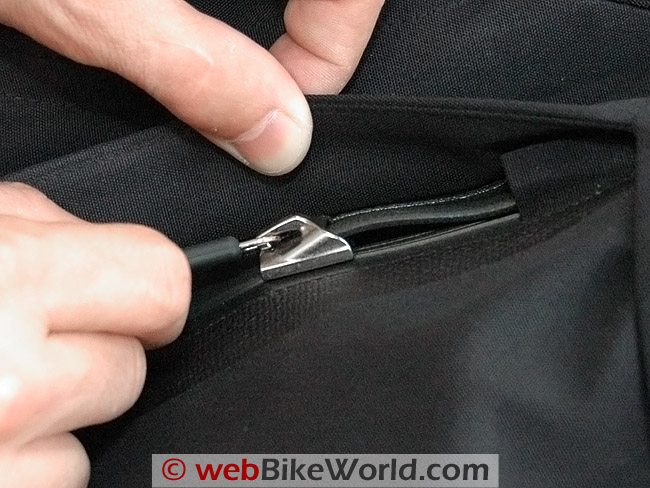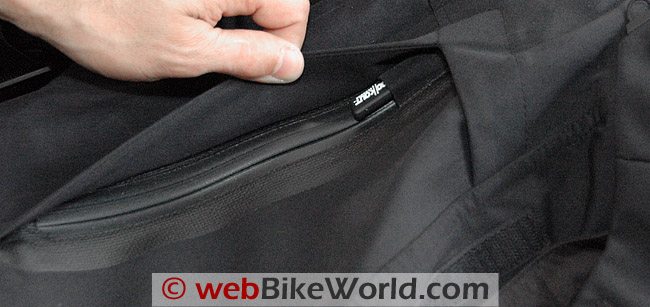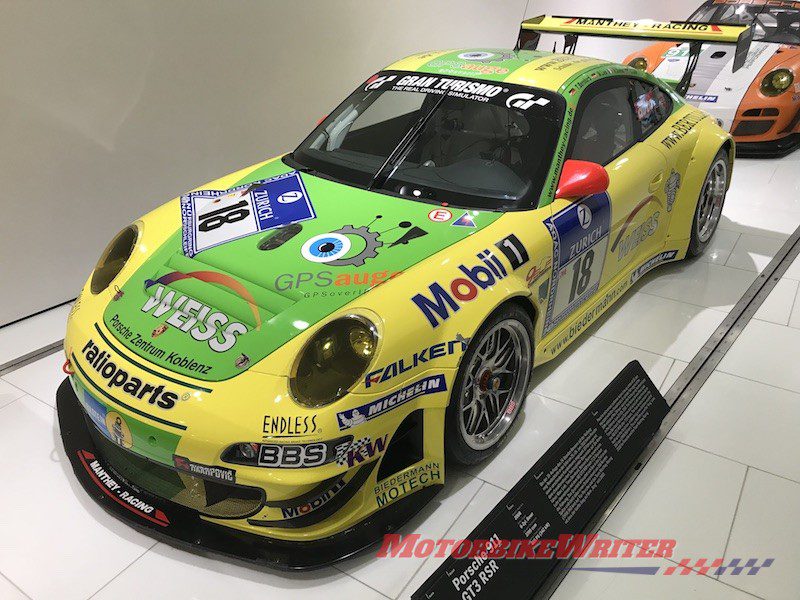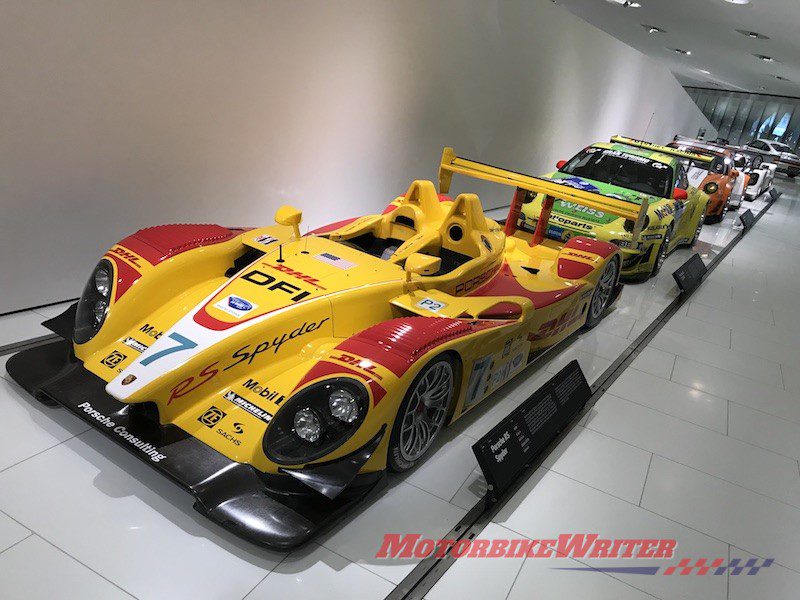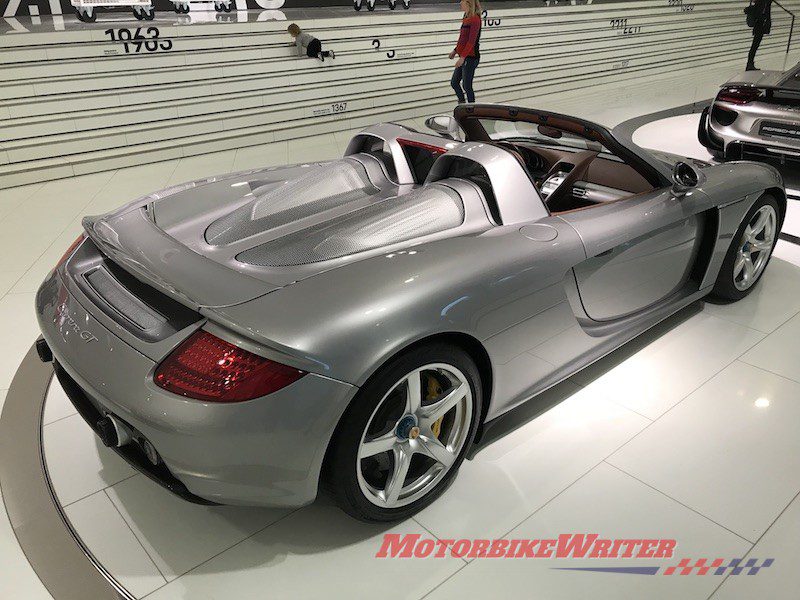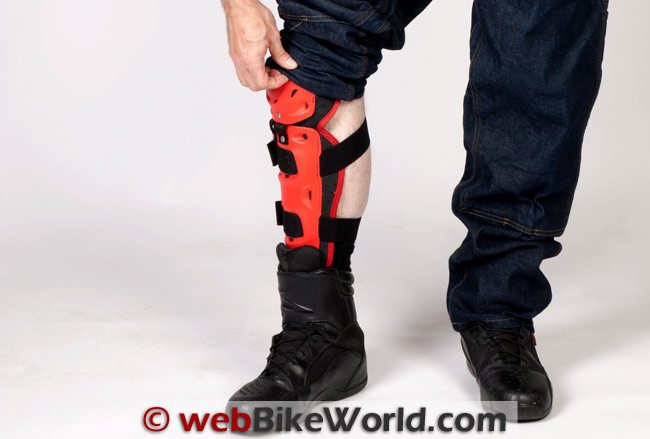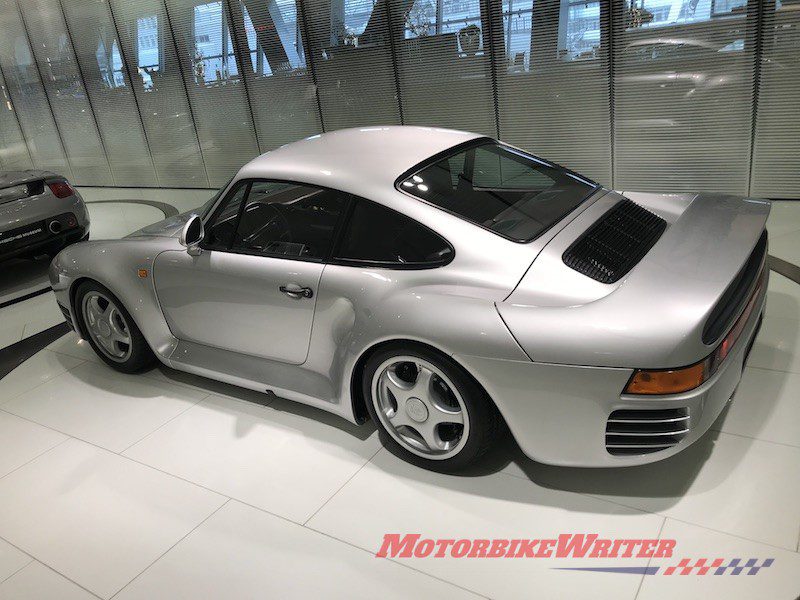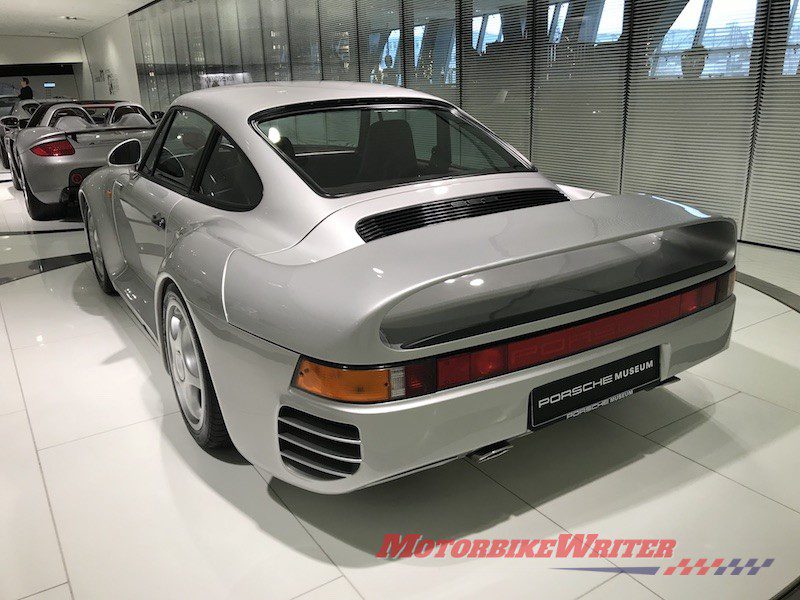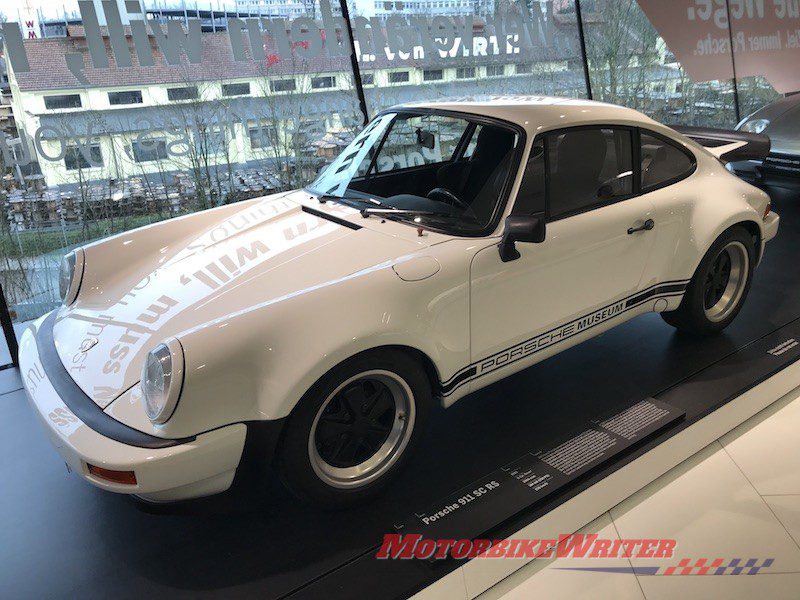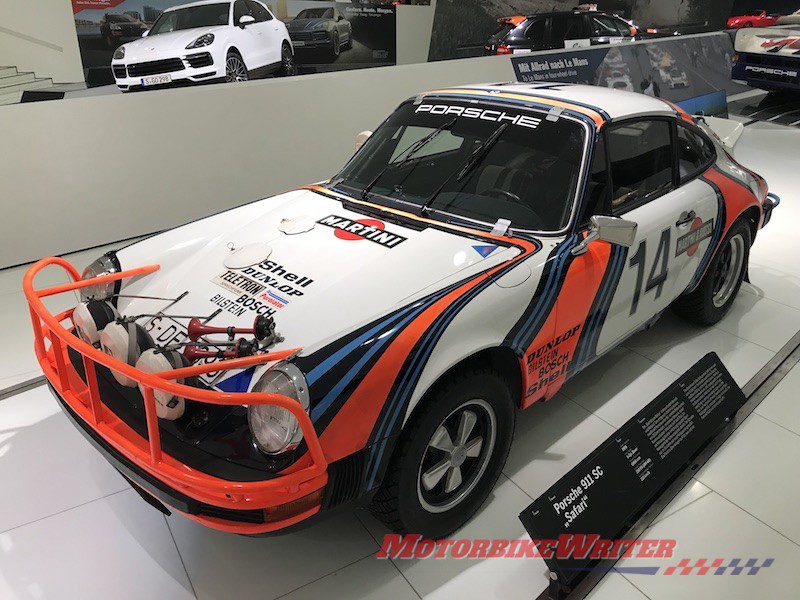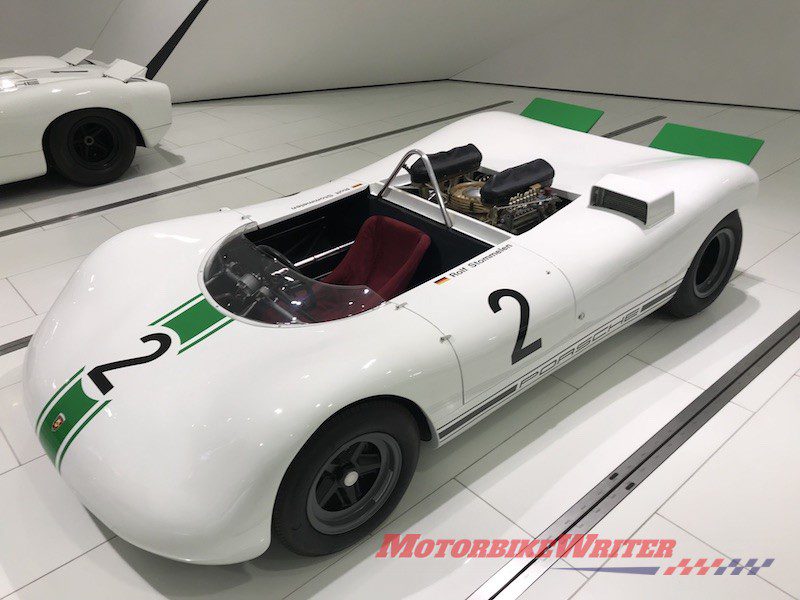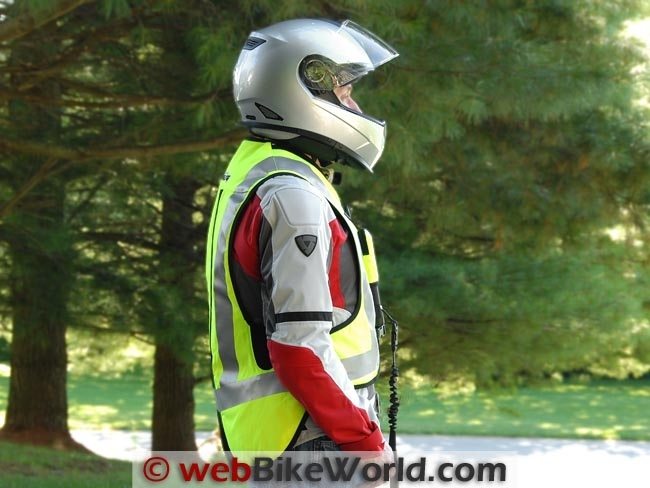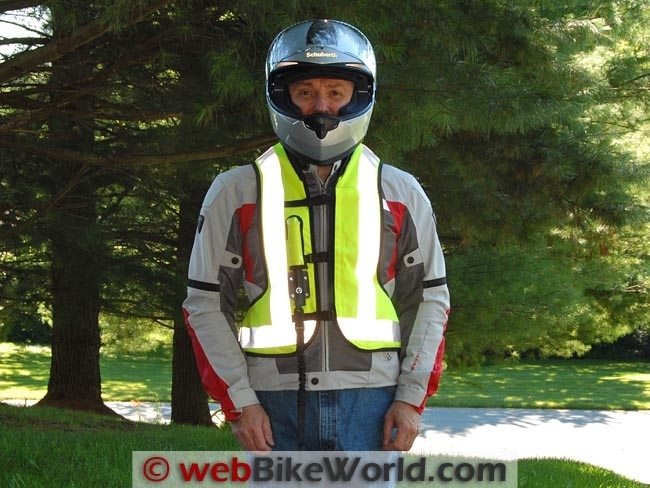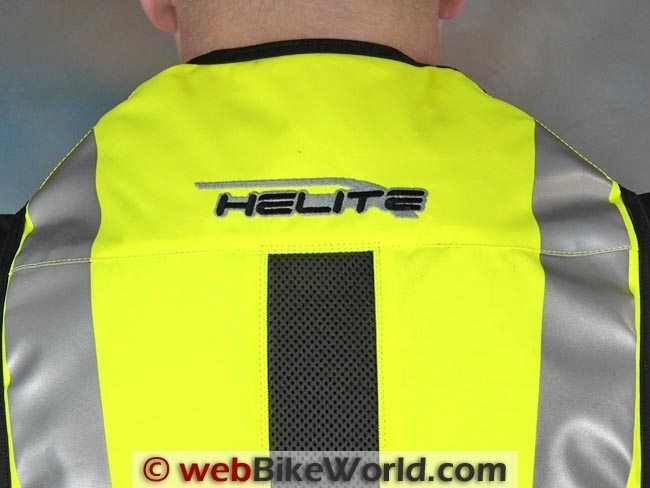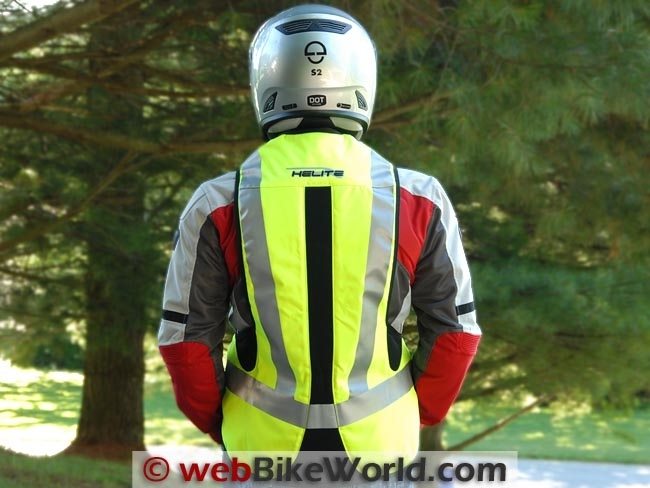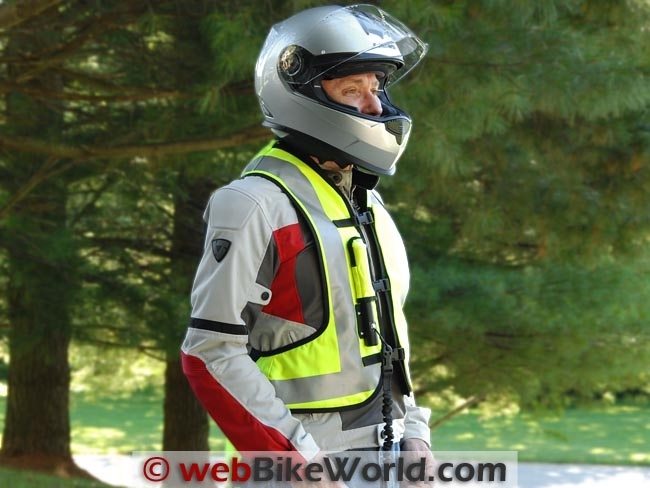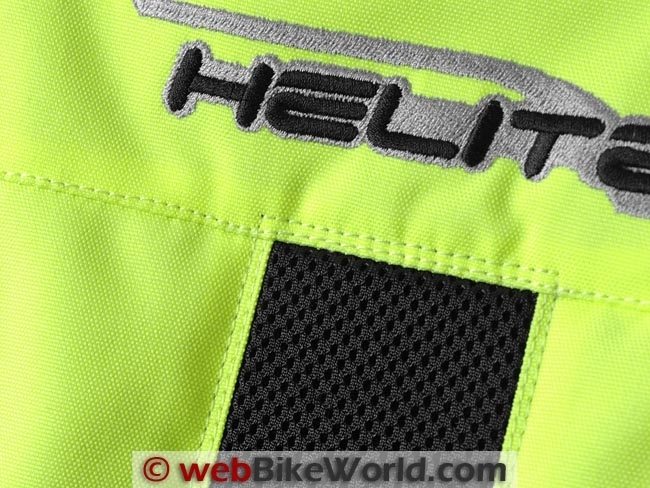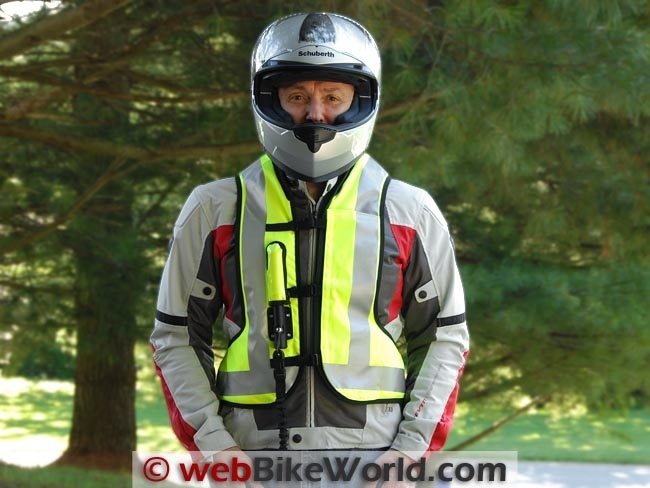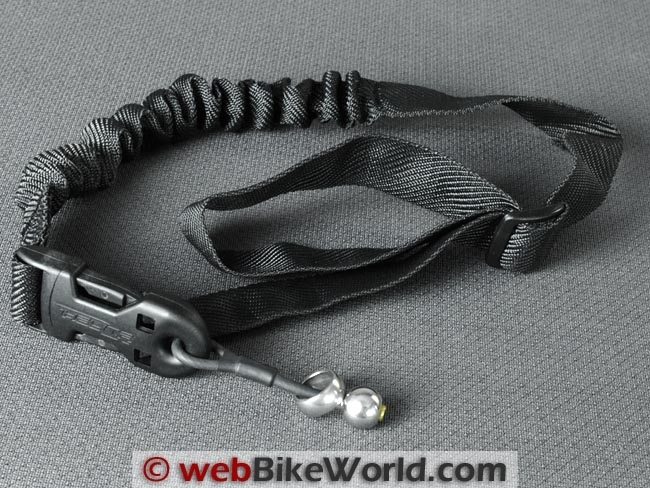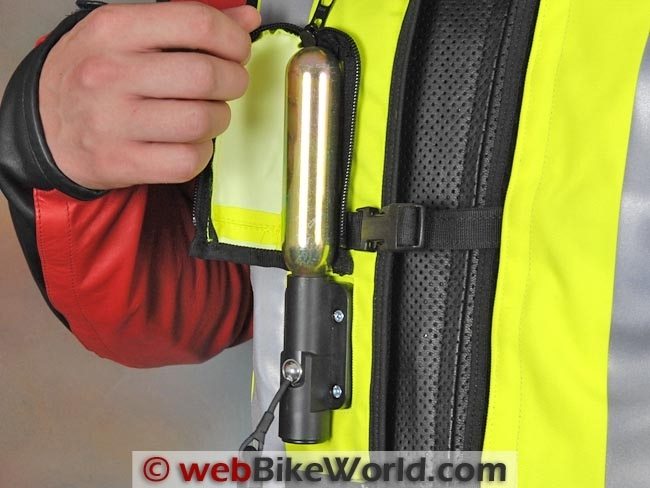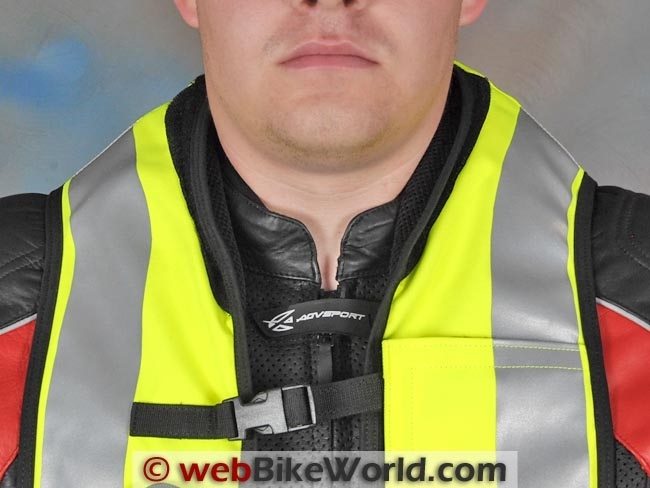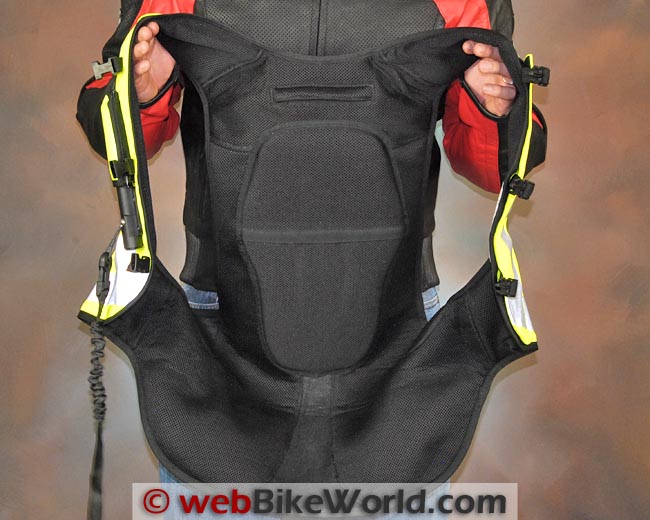While Harley-Davidson this year axed the V-Rod range, Porsche still fondly remembers its involvement in the revolutionary development of the bike with a proud display at their museum in Stuttgart.
This week I visited Stuttgart where good friend Jeromy Moore works as a race design engineer at the Porsche Engineering Group’s Weissach Development Centre where the V-Rod engine was developed.
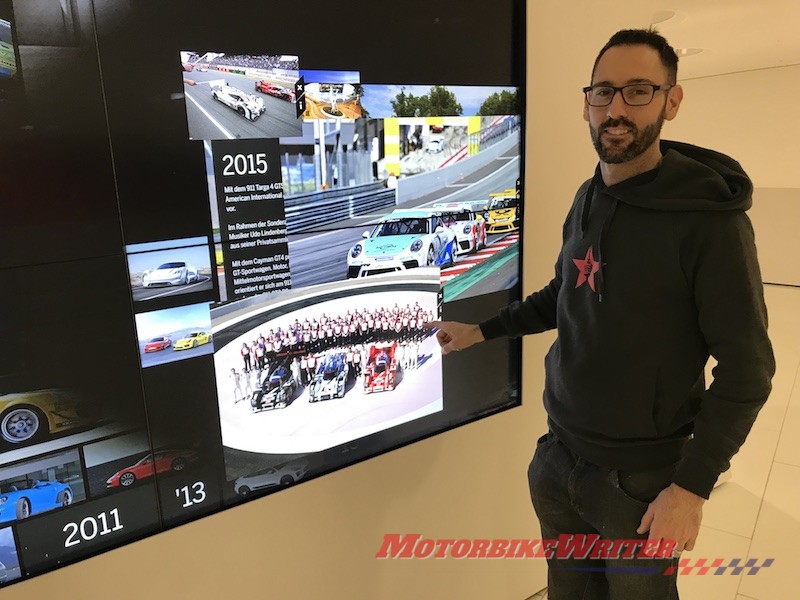
Porsche Engineering employs 4500 engineers and technicians who come up with concepts and products for Porsche as well as other companies.
Ferdinand Porsche started the company as a small engineering firm in 1931 and the company has continued a long history of involvement in interesting sideline projects such as forklifts, boats and even airplane engines.
But their most significant joint development program was the V-Rod Revolution engine from 1996 to 2001.
Proud project
Jeromy guided me around the impressive Porsche museum which includes a 2002 V-Rod and the proud declaration of their involvement.
The plaque in front of the bike says:
“Against the backdrop of a collaboration stretching back to the 1970s, the Porsche engineers constructed a water-cooled 1131cc motor based on a racing engine that delighted Harley-Davidson’s demanding clientele both for its performance as well as its imposing sound. With a DOHC valvetrain and electronically controlled fuel injection, the VRSC-series Harley with its four-valve engine put out up to 120hp.”
The joint development project started in 1997 when HD engineers relocated to Stuttgart to begin working with German engineers. Harley and Porsche invested $US10m each into the venture,
Porsche was the ideal partner as they had just introduced the 996 powered by their first water-cooled engine. So they were well-versed in developing a water-cooled engine from scratch.
Until then, Harleys were only powered by air-cooled engines and It is believed some Harley engineers thought it blasphemous to develop a liquid-cooled engine. That is why Porsche was brought into the project.
At the time, all other Harley models were powered by 45-degree air-cooled V-twins with camshafts in the block.
The water-cooled V-Rod Revolution engine had a 60-degree crank with double overhead cams and four valves for each cylinder. This meant it could rev higher and cleaner to meet California’s tough emissions laws.
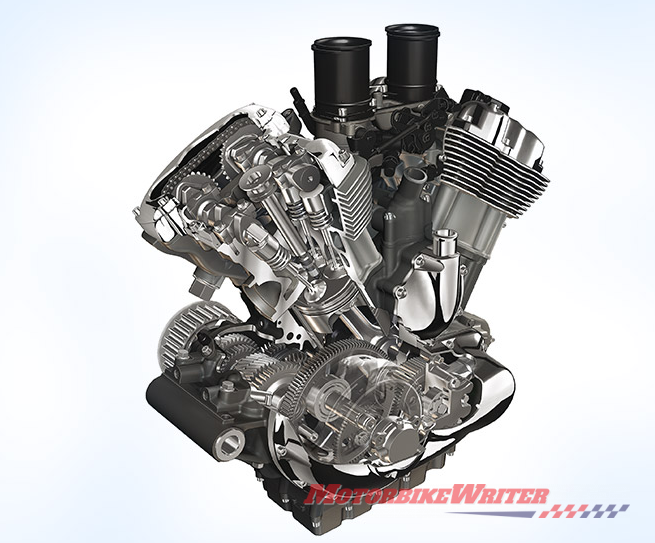
Interestingly, it has now been axed because it couldn’t be developed any further to meet even more stringent Euro emissions laws. Harley continues with liquid-cooled engines in the new Street 500, 750 and Street Rod.
Hurdles ahead
One of the issues Porsche engineers had to overcome in developing the Revolution engine was Harley’s demand to make the 60-degree V-twin sound like their 45-degree engines.
Other hurdles for the German engineers were hiding the water-cooling plumbing and the incorporation of faux cooling fins to make it look air-cooled.
The engine also had to cope with the overheating problem encountered by Harleys used in parades, cruising and idling in slow US traffic in scorching desert heat.
To meet Porsche’s standards, the Revolution also had to pass their rigours Düsseldorf Test that requires an engine to run for 500 hours without failure.
The V-Rod was not only reliable but unique with a fuel tank under the seat, a hydroformed chassis, hydraulic-actuated clutch and Automatic Compression Release for cold starts.
Yet it was met with some disdain by the Harley faithful who thought a water-cooled Harley was not a Harley at all.
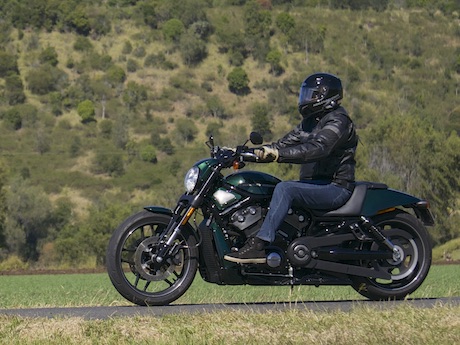
Over the years, there have been a few different models and engine sizes, but in the end it was killed off by the emissions laws it originally set out to conquer.
Porsche is proud of its achievement and still notes the engineering feat at its museum.
For those who also enjoy some four-wheeled “porn”, the museum at €6 per adult entry is worth the coin if you are in the area.
Rather than raving on about its virtues, here is a sample of the vehicles that were on display when we visited.
Porsche Museum in Stuttgart
Which is your favourite Porsche? Leave your comments below.


